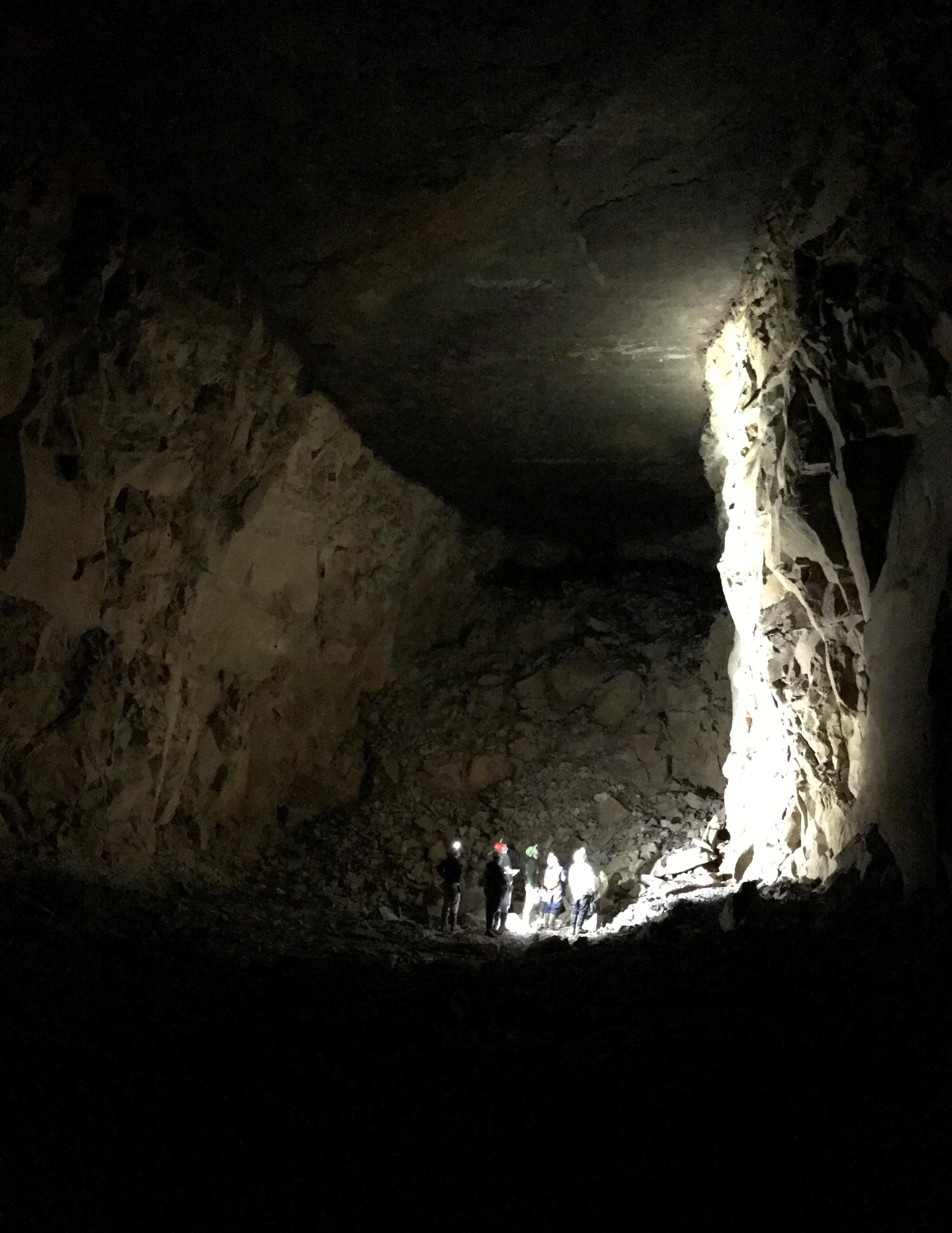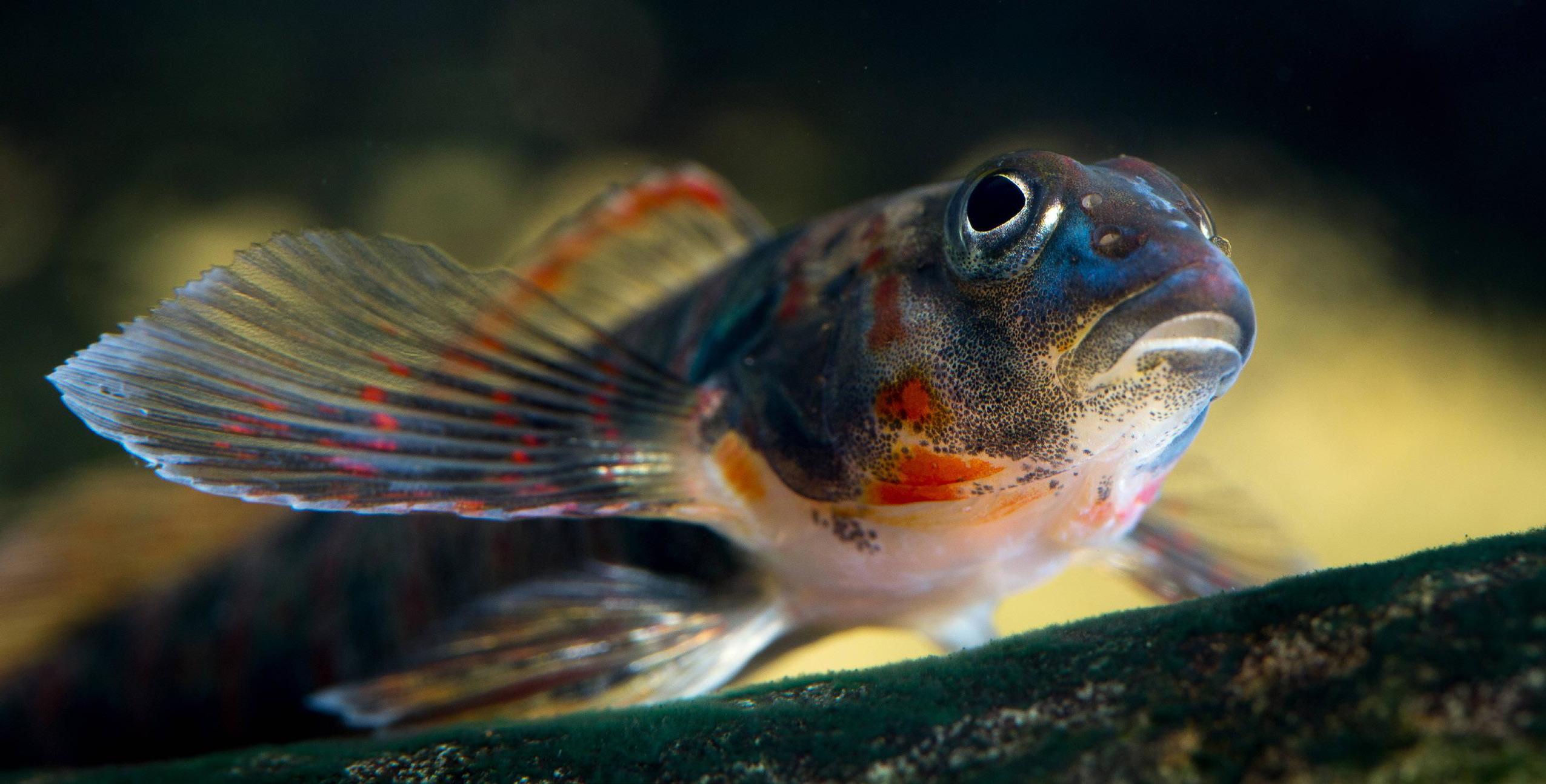
6 minute read
WREAKING HAVOC
from Elements 2021 Vol. 1
by cecinc
HOW INVASIVE ZEBRA MUSSELS CAN COMPROMISE U.S. WATERWAYS ... AND HOW TO HANDLE THEM
Dealing with zebra mussels is a sticky business, especially for power, drinking water and industrial plants that rely on U.S. waterways to conduct daily operations.
Aquatic biologists theorize that zebra mussels, a species of freshwater bivalve mollusk, were introduced to the Great Lakes in the 1980s by a ship carrying ballast water from Eastern Europe. These mussels have three characteristics that make this nonindigenous species problematic to North American water users. The first is its microscopic free-living larva form, which is so small it can easily glide through the screens used by most industries to filter out unwanted natural water source byproducts. The second is that each female adult mussel can produce up to one million of these larva each year. And maybe most importantly is that the zebra mussel is the first freshwater mussel species in North America that has the ability to stick to hard surfaces.
“Since their introduction, zebra mussels have continued to invade a great number of rivers and tributaries beyond the Great Lakes, causing issues for many industries,” says Cameron Lange, CEC Principal and nationally recognized nonindigenous aquatic nuisance species expert.
When in larva form, the zebra mussels can drift long distances until they find the right environment to settle and grow into large mats of adult mussels, according to Lange. Often the best environments are the hard surfaces — such as pipes and screens — inside power, drinking water and manufacturing plants. They can quickly cause impacts such as constricting intake water flow, which can hamper or halt operations. And if not treated, this nuisance species can cause long-term damage, as well. The mussel mats build up on one another, creating mats upwards of 2 1/2 feet thick at times.
Lange shared some horror stories that happened early in their introduction to the U.S. In one instance, the mussels caused a water supply facility to shut down during Christmas, which rendered the facility unable to provide drinking water to local communities during the holiday. In another instance, the mussels caused a power plant to shut down, triggering the need for extensive repairs.
“The build-up of mussel mats can cause some really serious impacts because eventually the mussels on the inside of the mat die and rot because they no longer have access to food or oxygen. So the mats come off all at once because the dead ones can no longer adhere to the surfaces,” explains Lange. “These big clumps of mussels, called druses, then drift further into the plant or facility.”
Lange describes that the way most of the facilities work is there is a large intake pipe that conveys water into smaller and smaller pipes. When a large mat of mussels makes its way through the pipe system, sooner or later it cannot fit, causing blockage and preventing flow to critical plant systems.
STAYING AHEAD OF THE GAME
So how can water-dependent industries prevent zebra mussels from disrupting business? Lange says it starts with choosing a firm with expertise in dealing with the species. With more than 30 years’ experience, Civil & Environmental Consultants offers a number of services to help treat existing zebra mussels, as well as prevent future damage caused by the invasive species.
“For example, in areas where the zebra mussels aren't present but they're likely to be, CEC offers monitoring services,” says Lange. “In those cases, we go out and take water samples and examine the samples to see if the larva are present. We also set artificial substrates where we can take a look and see whether larva are attached to the substrates.”
Concurrent with monitoring, a systems vulnerability analysis is performed by studying the body of water to evaluate the likelihood of mussels actually proliferating in the water should they get introduced, and examining the facility’s system to see where zebra mussels may cause issues.
“By monitoring and analyzing an area before the zebra mussels are introduced, it provides facilities with time to develop and implement controls,” says Lange. “This data is paramount to assess what type of treatments might be available to treat and prevent issues within a facility.”
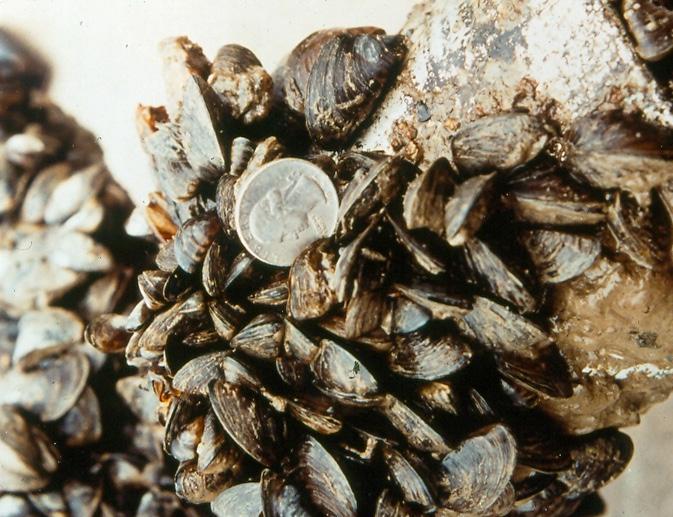
Mussels inside of mussel mats can die and rot, causing clumps of mussels to detach and drift further into power plants of facilities.
Zebra mussel veligers are seen under a crosspolarized light, the microscopic method used to identify them.
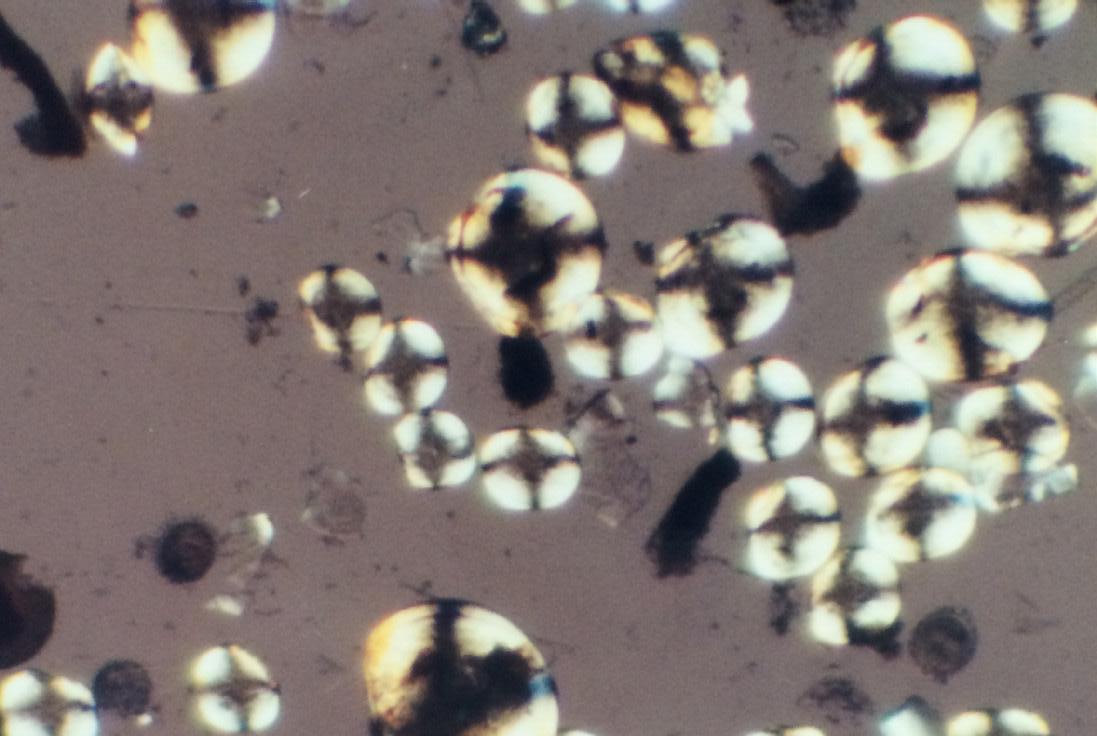
CAMERON LANGE, CEC PRINCIPAL, NONINDIGENOUS AQUATIC NUISANCE SPECIES EXPERT
EVERY CLIENT IS UNIQUE
Lange says it is important to note that treatment and controls are not one size fits all. Each project is specific to the facility and its environment, which is why experience with the species is of great importance.
“Our clients expect an environmentally sound, functional control system that is economically feasible,” says Lange. “To do that, you really have to have knowledge of what mitigation options are available and how they will perform in certain situations to protect the facility and its systems.”
To demonstrate the importance of understanding the unique nuances of each client, Lange shared an experience working with a botanical garden, which used water from their ornamental ponds for irrigation and air conditioning through an intricate system of pipes.
“For years, the botanical garden was unaffected because their water did not have zebra mussels,” explains Lange. “But during maintenance on one of the ponds, they unknowingly refilled it with zebra mussel-contaminated water.”
The solution for this client was complicated because they couldn’t allow mussels to infest and clog the sprinkler system, but the chemicals normally used to protect such a Zebra mussels can gather on screens that are meant to prevent large debris from infiltrating power plants, manufacturing plants or drinking water facilities. This image shows the build-up of mussels over just three months.
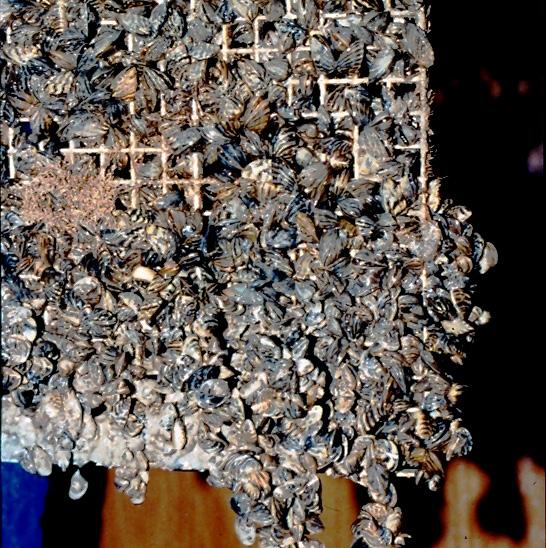
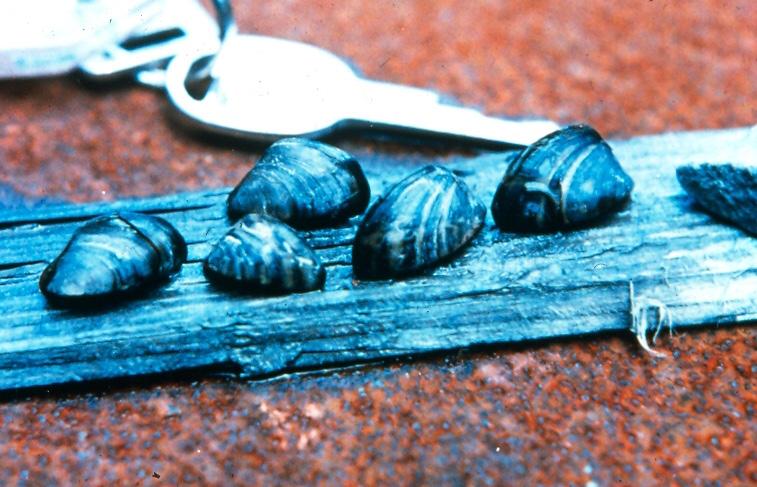
When a large mat of mussels makes its way through a pipe system, it eventually can fit through, causing an immediate outage.
system could not be utilized because of their potential to harm the ornamental plants. To mitigate the mussels, the team designed an ultrafine mesh filter that could remove all particles down to about 125 microns in order to remove all the mussel larva before they enter the system.
“It was a challenging project because the restrictions required our team use atypical mitigation techniques,” shared Lange. “The situation emphasizes that every system you look at is different, which leads to the need to assess a variety of control strategies. We need to work with our clients to recommend actions to control the mussels while also addressing their particular needs, which in this case involved protection of the ornamental plants.”
CEC Headquarters 333 Baldwin Road Pittsburgh, PA 15205–9702
Senior Leadership Integrated Services Personal Business Relationships


